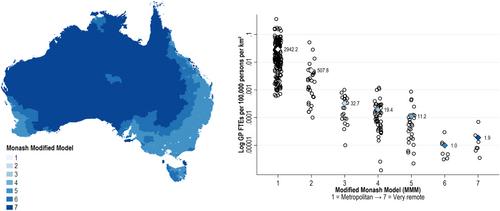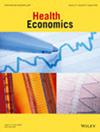Do Rurality-Based Financial Incentives Improve Equity of Primary Healthcare Access? Evidence From Australia
Abstract
In Australia, as in many other countries, people living in rural and remote areas experience poorer health outcomes and use less primary healthcare compared to urban populations. Aiming to reduce these inequities, in 2022 the Australian government increased rural-based financial incentives for General Practitioners (GPs) to “bulk bill” (i.e., provide care with zero patient out-of-pocket costs) children and concession card holders (low-income patients and older adults) living in rural and remote, but not urban areas. Using whole-of-population administrative data and exploiting variation in the eligibility of geographic areas to receive these incentives, we find that, compared to people living in urban areas, the reform led to a 2.7% (95% CI 2.2; 3.2) increase in the number of GP visits, a 9.0% (95% CI 8.4; 9.5) increase in the number of bulk billed GP visits, and a 13.0% (95% CI 12.4; 13.7) reduction in the out-of-pocket cost per GP visit among people living in rural areas. Effects were more pronounced for people with higher initial out-of-pocket costs—adults rather than children, people without concession cards, and people living in areas with less socioeconomic disadvantage. Altogether, while the reform has gone some way to reduce out-of-pocket costs for rural patients, benefits are unequal and inequities in access remain.


 求助内容:
求助内容: 应助结果提醒方式:
应助结果提醒方式:


